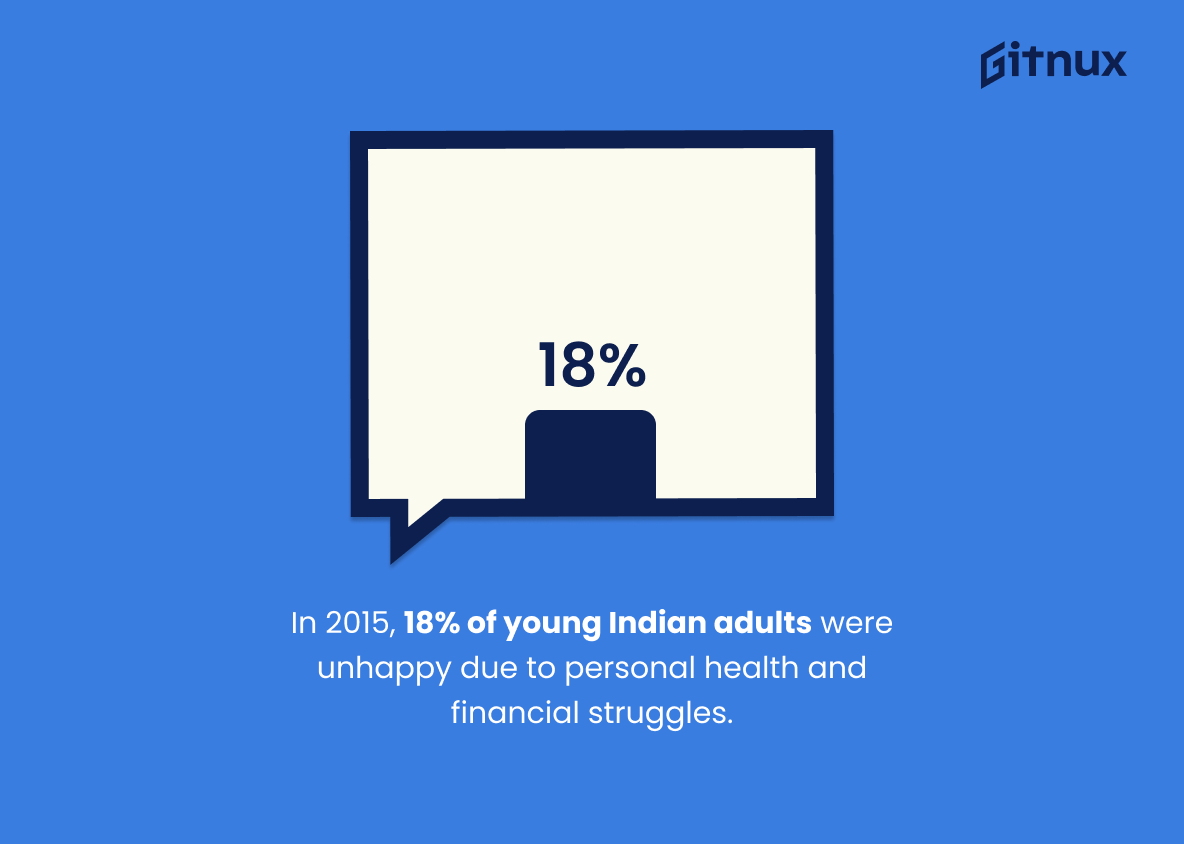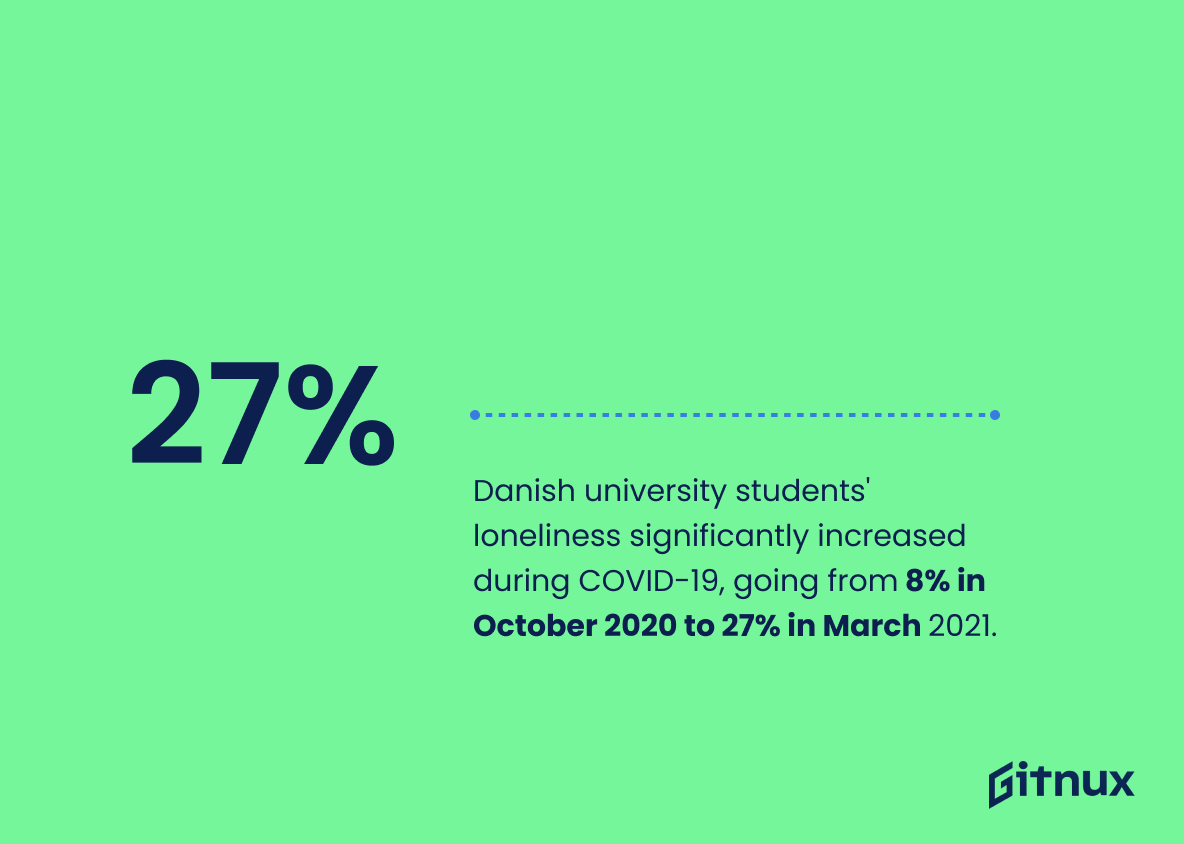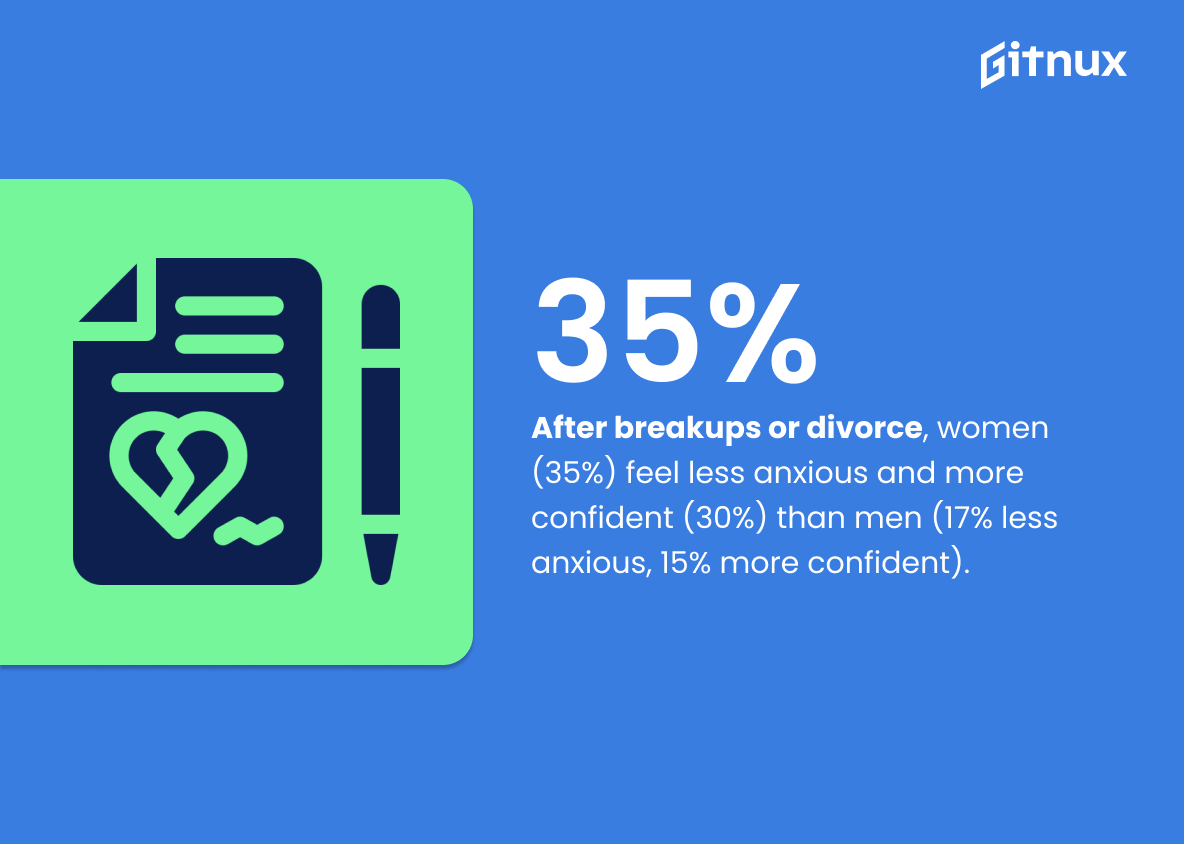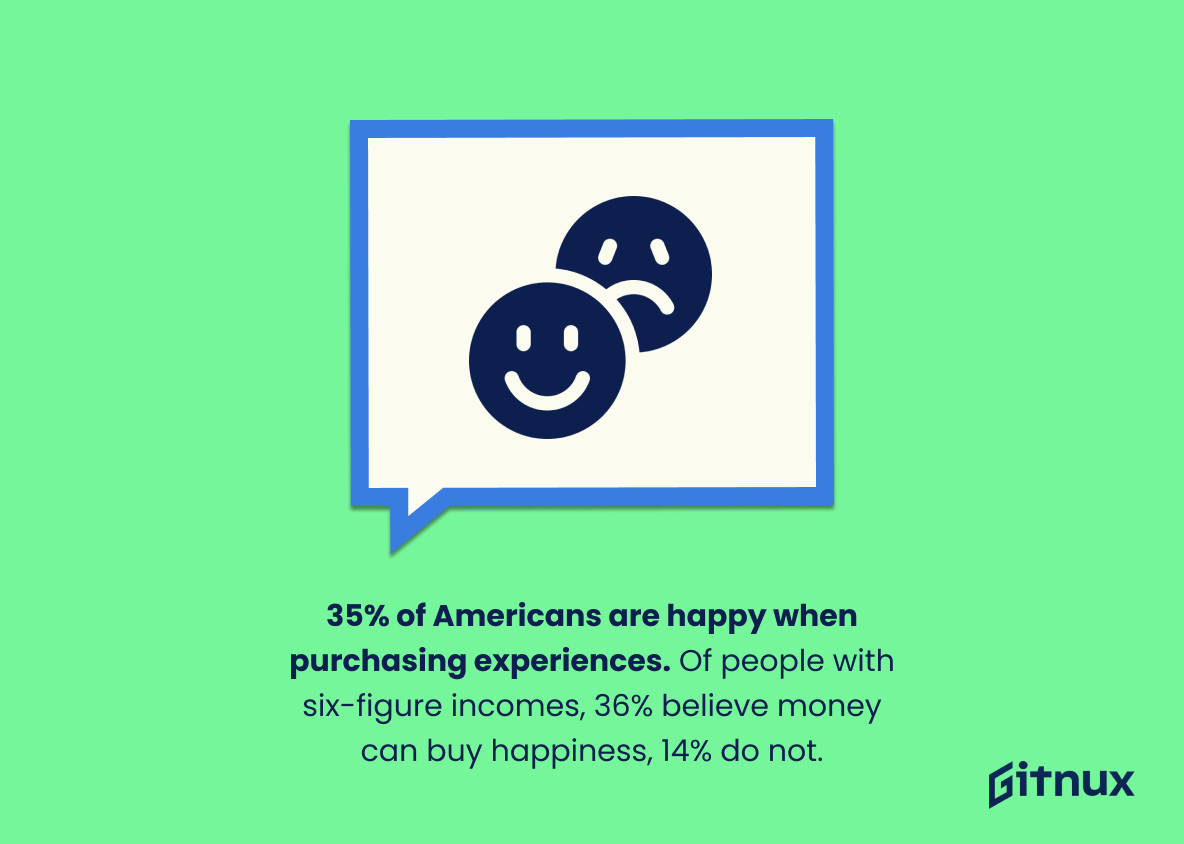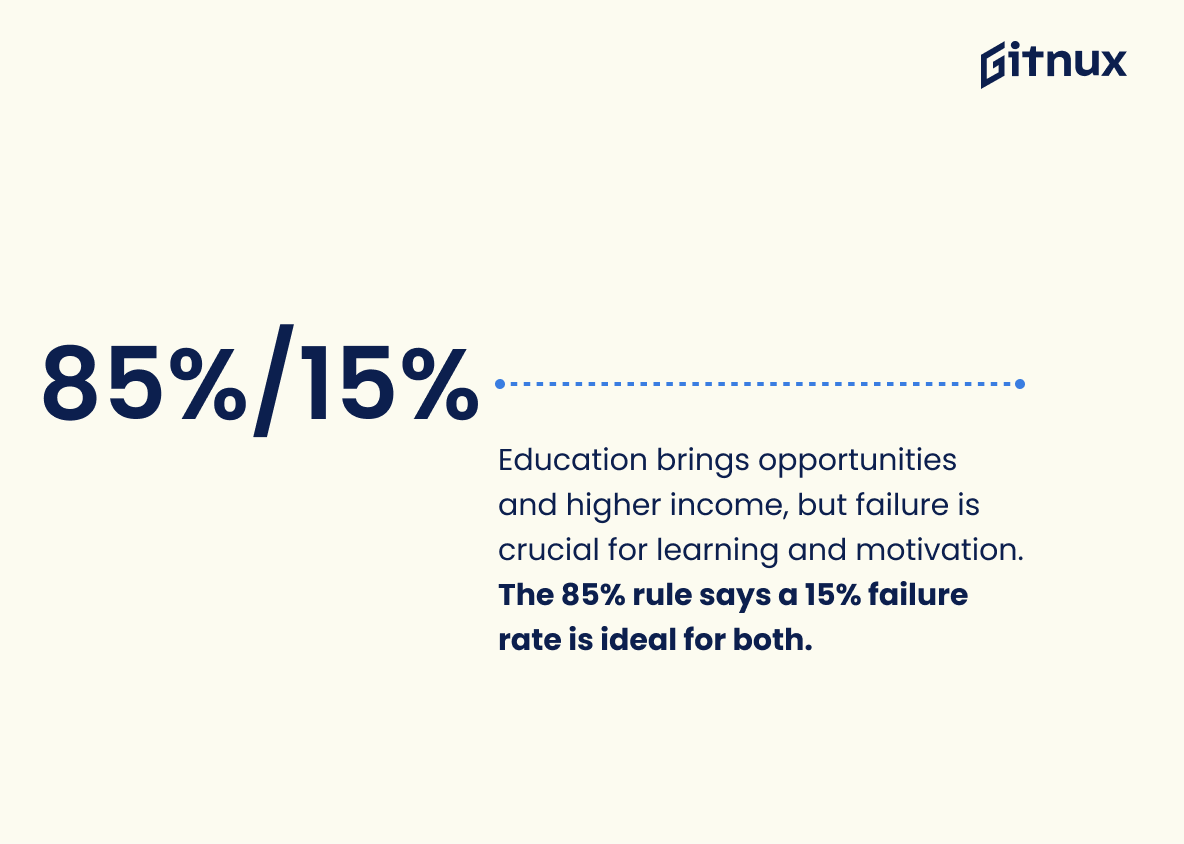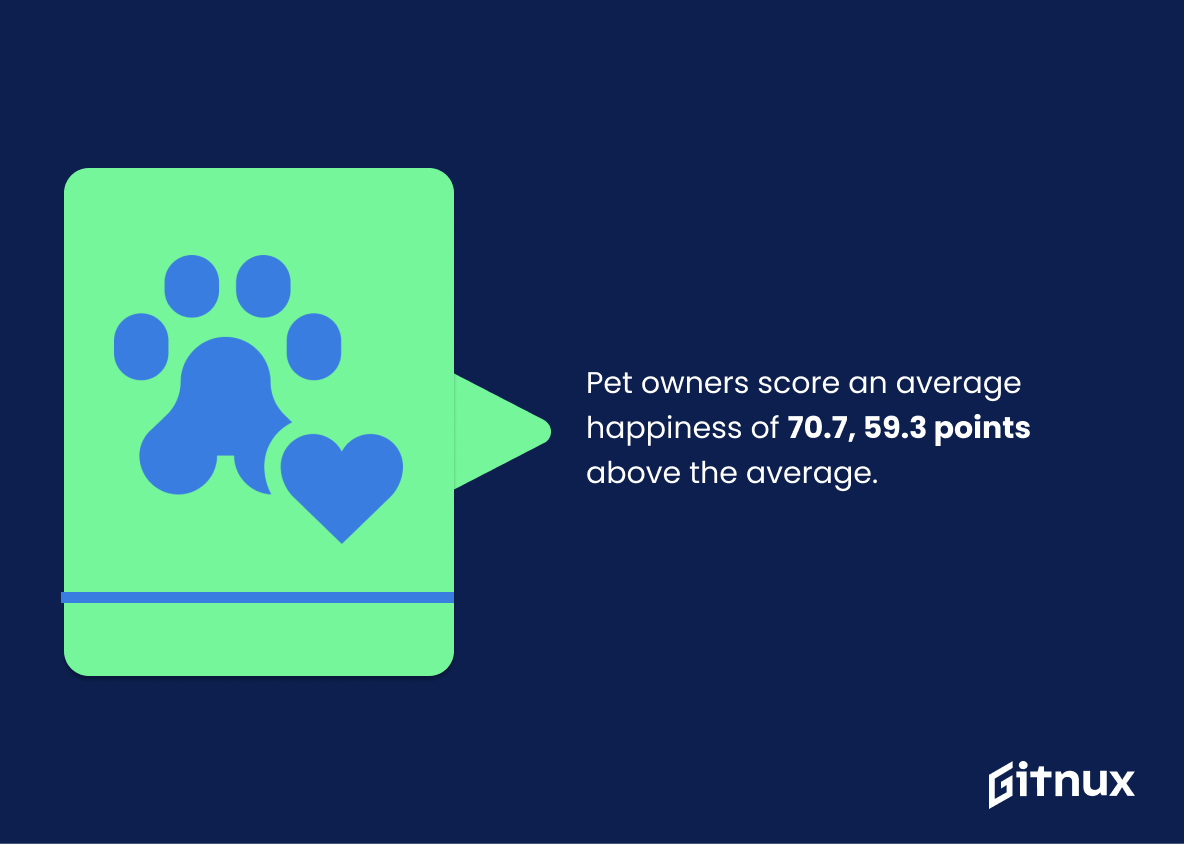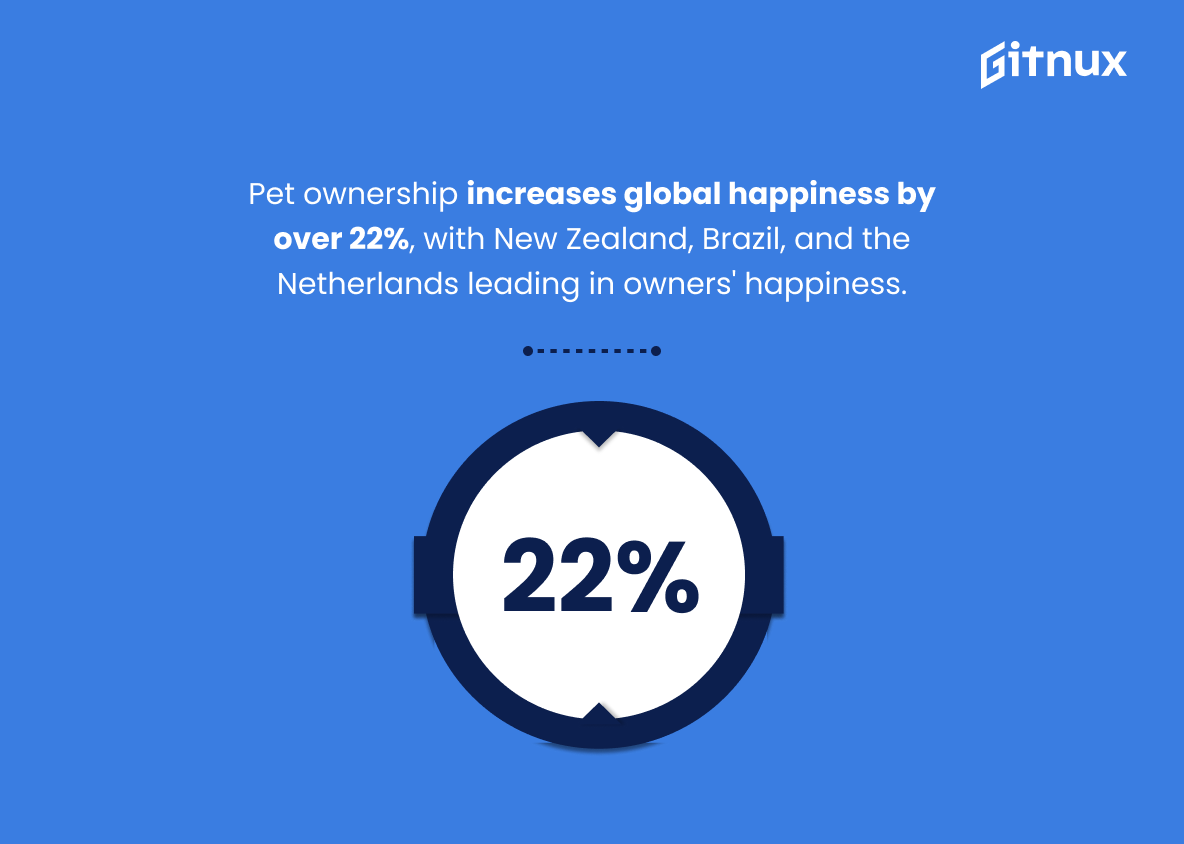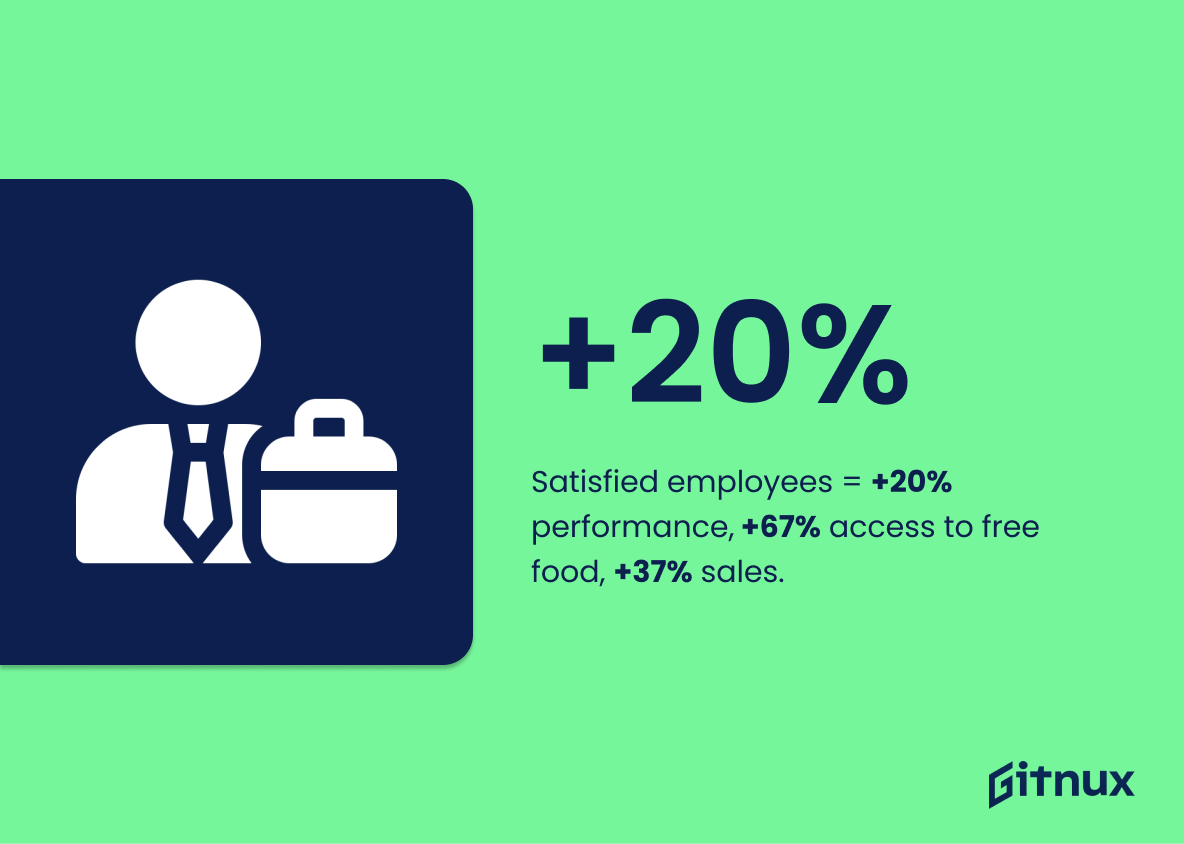Happiness is something that everyone strives for, but what does it actually mean? How can we measure it? In this blog post, we will explore some of the most interesting happiness statistics and what they tell us about the pursuit of happiness.
We will look at the factors that contribute to happiness, how different countries rank in terms of happiness, and how our own personal happiness can be improved. So, let’s dive in and explore the fascinating world of happiness statistics.
Happiness: The Most Important Statistics
Companies with happy employees outperform their competition by 20% and are 12% more productive.
35% of Americans believe that purchasing experiences makes them happy, while only 15% disagree.
Happiness: Statistics Overview
Chennai had the highest average satisfaction score among young people (8.7 out of 10), followed by Patna (8.6 out of 10), while Bengaluru had the lowest (last on the list).
This statistic matters in the context of Happiness Statistics because it shows the relative levels of happiness among young adults in different cities.
It provides insight into the factors that are influencing the happiness of young people in different cities, which can be used to inform policy decisions and interventions to improve the wellbeing of young people in those cities.
18% of young adults in India reported personal health and inability to save money as reasons for unhappiness in 2015.
This statistic matters in the context of Happiness Statistics because it shows that personal health and financial security are important factors in determining happiness. These findings can be used to inform policies and initiatives that focus on improving the health and financial security of young adults in India.
The UK’s Office for National Statistics found a decline in happiness and an increase in worry during the pandemic, with young individuals being more likely to feel “lockdown loneliness”. This statistic is important because it highlights the impact of the pandemic on the mental health of individuals in the UK, particularly young individuals.
It also shows the correlation between loneliness and anxiety, and how this has been exacerbated during the pandemic. The statistic is also important as it shows that there is a potential for happiness to return, which is encouraging.
The percentage of university students in Denmark who reported feeling lonely increased significantly during the COVID-19 pandemic, from 8% in October 2020 to 27% in March 2021.
This statistic is important because it highlights how the pandemic has had a negative impact on the mental health of university students in Denmark. The decrease in the number of students who reported not feeling lonely or only feeling it infrequently indicates that the pandemic has caused an increase in loneliness among students, which can lead to further mental health issues.
79% of employees are happy in their role, with 73% citing enjoyment of being part of a team with good colleagues as the main reason.
This statistic is important because it highlights the importance of having a supportive team and good colleagues in order to be happy in one’s job. It also shows that the majority of employees are content with their job, which is a positive sign for employers.
Employees who are happy at work have a better relationship with their management and access to work management software, which is important for workplace happiness.
78% of married couples reported being happy with their lives 5 years later, compared to 53% of those who decided to divorce or separate.
This statistic matters in the context of Happiness Statistics because it shows that staying in a marriage, even if it is described as a “living hell”, can lead to increased happiness in the long run.
Women are more likely than men to report feeling happier after a break or a divorce, with 35% of women and 17% of men feeling less anxious and 30% of women and 15% of men feeling more confident.
This matters in the context of Happiness Statistics because it shows that women are more likely to report feeling happier after a break or a divorce, which suggests that women may be more resilient and better able to cope with difficult life events than men. This could have implications for how we support people through difficult times, and how we can help people to find happiness.
People’s happiness increases with their income. This statistic is important because it shows that having more money can lead to an increase in overall wellbeing.
This can be beneficial for those who are struggling financially, as it shows that having more money can lead to a happier life. This statistic also serves as a reminder that money is not the only factor in achieving happiness, but it can be a contributing factor.
35% of Americans believe that purchasing experiences makes them happy, while only 15% disagree; 36% of those with six-figure salaries believe money can buy happiness, compared to 14% of those making less than $35,000.
This statistic matters in the context of Happiness Statistics because it shows that money does not necessarily equate to happiness, as more people are finding joy in experiences rather than material possessions. It also highlights the discrepancy between those with higher incomes and those with lower incomes in terms of what makes them happy.
Happiness follows a U-shape over the course of a life, with the highest levels reported in late teens and early 20s, lowest in early 50s, and increasing again after that.
This matters in the context of Happiness Statistics because it provides insight into how people’s happiness changes over the course of their life, and can help inform strategies to improve overall happiness.
People in middle age [40 – 50] tend to have a lower level of happiness, especially in high income countries due to low job satisfaction and high job strain, but this trend reverses after that decade and increases until around 70.
This statistic matters in the context of Happiness Statistics because it shows that happiness is not a static emotion, but rather it changes over time and is affected by external factors such as job satisfaction and job strain. It also shows that happiness can be improved with age, which is an encouraging statistic for those in the middle age bracket.
Women are more likely to experience depression than men, but they are also more likely to seek help and experience intense positive emotions, which helps to balance out the risk of depression. This matters because it shows that women are taking steps to address their mental health, and that their positive emotions can help to counteract the risk of depression.
Women in their 20s are happier than men, but the gap closes with age and by 48, men are happier due to marriage and financial stability.
This matters in the context of Happiness Statistics because it shows that marriage and financial stability are key factors in determining happiness levels, and that these factors are more important for men than for women.
The Nordic countries are the happiest countries in the world, while Afghanistan, South Sudan and Zimbabwe are the unhappiest.This matters because it shows the correlation between happiness and quality of life, which can be used to inform policy decisions and create a better world for everyone.
The Nordic model combines free market capitalism with a comprehensive welfare state and collective bargaining at the national level, resulting in a higher quality of life and greater happiness despite higher taxes and lower GDP per capita than the US.
This matters because it shows that economic success and happiness are not necessarily linked, and that other factors such as access to healthcare, education, and leisure time can be just as important.
The Gallup-Healthways Well-Being Index reveals that the top 3 jobs with the highest happiness level are Business Owner, Professional and Manager/Executive, with clergy, firefighters and physical therapists having the highest satisfaction levels. This matters because it provides insight into the relationship between job satisfaction and happiness, which can help inform career decisions and workplace policies.
The five key factors that determine workplace happiness are job satisfaction, meaningfulness, fair compensation, high workplace morale and work-life balance.
These factors are important in the context of happiness statistics because they provide insight into the overall well-being of employees in the workplace. By understanding the factors that contribute to workplace happiness, employers can create an environment that is conducive to employee satisfaction and productivity.
African Americans are less happy than in 2011, but remain roughly as happy as whites, whereas Hispanics have seen a decline in happiness and are significantly lower than both African Americans and whites.
This matters because it shows that happiness is not evenly distributed among different racial groups, and that there is a need to address the disparities in order to ensure that all racial groups have access to the same level of happiness.
African Americans are happier today than in the 1970s, despite economic inequality between blacks and whites remaining the same; this could be due to the decline of overt racism. This matters because it shows that racism has a large impact on the happiness of African Americans.
The correlation between wealth and happiness is limited to an annual income of $75,000, after which the correlation ceases. This matters in the context of happiness statistics because it shows that money does not guarantee happiness, and that the feeling of control is a key factor in determining overall satisfaction with life.
Most Americans believe that more money would bring them more happiness, but those who prioritize time over money have a better quality of life. This matters because it shows that money is not the only factor in achieving happiness.
94% of people with a bachelor’s degree or more reported feeling happy or very happy with their lives overall, compared to 89% of high school graduates.
This suggests that higher levels of education are associated with higher levels of happiness, likely due to the increased financial and emotional benefits associated with a college degree.
Education is key to broadening horizons, increasing career opportunities, and achieving higher salaries, but it is also important to fail in order to learn and stay motivated. The 85% rule suggests that a 15% failure rate is the sweet spot for motivation and learning.
This matters in the context of Happiness Statistics because having a broadened view of the world and different perceptions can lead to more happiness, and education is a key factor in achieving this.
Vegetables consumption contributed the largest share to eating happiness, providing comparable induced eating happiness to other “healthy” food choices such as fruits and snacks.
This matters in the context of Happiness Statistics because it shows that eating healthy food, especially vegetables, has mental health benefits that can contribute to overall happiness.
Eating a diet of fruits, vegetables, complex carbohydrates, proteins, and good sources of fat has been associated with lasting positive emotions, while eating high fat and carbohydrate foods or highly processed foods has been linked to negative emotions in the long term.
This matters in the context of Happiness Statistics because it shows that what we eat can have a direct impact on our mental health and happiness. Eating a healthy, balanced diet can help promote positive emotions and long-term happiness, while unhealthy eating habits can have a detrimental effect on our mental health.
Pet owners have an average happiness score of 70.7, which is 59.3 points higher than the average person, indicating that pet ownership significantly increases people’s well-being.
This matters in the context of Happiness Statistics because it shows that pets can be a great source of joy and comfort for people, and can help to improve their overall mental and physical health.
Pet ownership increases overall global happiness by more than 22%, with New Zealand having the happiest pet owners, Brazil having the happiest dog owners, and the Netherlands having the happiest rabbit owners.
This matters in the context of Happiness Statistics because it shows that having a pet can be a great source of joy and happiness, regardless of where you live.
Companies with happy employees outperform their competition by 20% and are 12% more productive, with 67% of full-time employees with access to free food at work being “extremely” or “very” happy at their current job and 37% greater sales from happy salespeople.
This matters in the context of Happiness Statistics because it shows that investing in employee happiness can have a positive impact on a company’s performance.
Many employees prioritize happiness at work over money, with 36% of US employees willing to give up $5,000 a year in salary to be happier and 83% of millennials considering work-life balance the most important factor in evaluating a job. This matters because employees who are happy at work take 10 times fewer sick days and 69% of employees report they would work harder if they were better appreciated.
Conclusion
In conclusion, the statistics on happiness show that there are many factors that contribute to a person’s overall level of happiness. From the data, it is clear that the most important factor is having meaningful relationships with family and friends, followed by having a secure job and financial stability.
Other factors such as having a sense of purpose, good health, and a positive outlook on life also play a role in overall happiness. While it is impossible to guarantee a life of constant happiness, understanding the factors that contribute to it can help us make more informed decisions and strive for a more fulfilling life.
References
1 – https://www.statista.com/statistics/653727/happiness-levels-among-young-adults-india/
2 – https://www.statista.com/statistics/653709/reasons-for-unhappiness-among-young-adults-india/
3 – https://www.statista.com/chart/26373/average-happiness-score-uk-timeline/
4 – https://www.statista.com/statistics/1220386/student-loneliness-in-higher-education-in-denmark/
5 – https://www.acuitytraining.co.uk/news-tips/employee-happiness-statistics-facts/#:~:text=79%25%20of%20employees%20are%20happy%20in%20their%20role.&text=16%25%20of%20employees%20(1%20in,feel%20valued%2C%20happy%20ones%20do.
6 – https://efectio.com/en/recent-and-important-statistics-on-employee-happiness-and-growth/
7 – https://firstthings.org/does-divorce-lead-to-happiness/#:~:text=Waite%20examined%20the%20couples%20who,divorce%20said%20they%20were%20happy.
8 – https://bestlifeonline.com/women-happier-after-divorce-survey/
9 – https://www.cnbc.com/2021/01/22/new-wharton-study-people-are-happier-when-they-earn-more-money.html
10 – https://www.lendingtree.com/debt-consolidation/money-happiness-survey/
11 – This chart predicts the age at which you’ll be happiest | World Economic Forum (weforum.org)
12 – At what age does happiness peak? | World Economic Forum (weforum.org)
13 – Who’s Happier: Men or Women? Psychology Explains the Difference (inverse.com)
14 – Who’s Happier, Women Or Men? – CBS News
15 – 32 Happiness Statistics: 2020/2021 Data, Trends & Facts | CompareCamp.com
16 – Here’s Why the World’s Happiest Countries Are All Nordic (inverse.com)
17 – The 10 Happiest and 10 Unhappiest Professions (superscholar.org)
18 – 30 Happiest Careers That Pay Well in 2023 – Premium Schools
19 – Happiness Index Varies By Race, Age, Survey Shows | HuffPost Voices
20 – Race and Happiness | Greater Good (berkeley.edu)
21 – https://www.businessdit.com/can-money-buy-happiness-statistics/
22 – https://www.forbes.com/sites/joshuabecker/2022/04/26/79-of-americans-believe-more-money-will-make-them-happier-heres-why-theyre-wrong/?sh=728cbf8bff33
23 – https://www.cnbc.com/2020/08/17/does-getting-a-college-degree-make-you-happier.html#:~:text=Education%20strongly%20correlates%20with%20future%20happiness&text=In%20a%20survey%20that%20utilized,school%20grads%20said%20the%20same.
24 – https://www.forbes.com/sites/tracybrower/2021/10/17/learning-is-a-sure-path-to-happiness-science-proves-it/?sh=7980e7af768e
25 – https://www.ncbi.nlm.nih.gov/pmc/articles/PMC5719018/
26 – chrome-extension://bbbnbmpdkfkndckfmcndgabefnmdedfp/https://escholarship.org/content/qt83w161hs/qt83w161hs_noSplash_6ac5da5683515376e2a9ad929eec53bd.pdf?t=opqfb2
27 – https://www.earth.com/news/pet-owners-are-happier-than-people-who-dont-have-pets/
28 – https://studyfinds.org/owning-a-pet-happier/
29 – https://snacknation.com/blog/employee-happiness/
30 – https://www.happinessbusinessschool.com/statsandfacts
ZipDo, cited June 2023: Happiness Statistics

